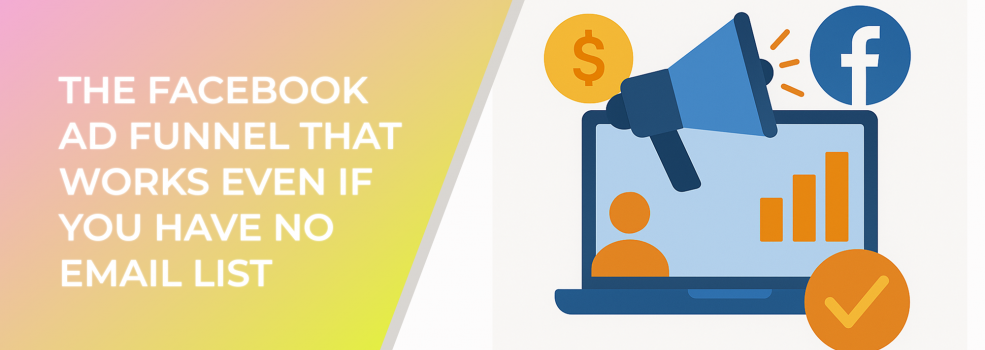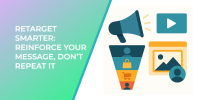Many marketers mistakenly believe that a large email list is a prerequisite to run successful Facebook ad campaigns. However, with powerful tools like custom audiences, lookalike audiences, and interest-based targeting, you can build a revenue-driving funnel from scratch. According to HubSpot, 68% of marketers say paid advertising is "very important" or "extremely important" to their overall marketing strategy.
Step 1: Start with a Hyper-Targeted Audience
The first and most critical part of your Facebook ad funnel is targeting the right audience. With LeadEnforce, you can build custom audiences based on Facebook group members, and Instagram followers. This gives you a major advantage because you’re targeting warm prospects who already engage with similar businesses.
Three-stage Facebook ad funnel: turning cold traffic into leads and customers
Use the following targeting techniques:
-
Create a Facebook custom audience using LeadEnforce based on competitor groups.
-
Build lookalike audiences of these custom groups.
-
Layer in interest targeting like "Facebook group audience," "custom audience Facebook ads," or "Facebook audience targeting."
Step 2: Use Value-First Lead Magnets
Once you have your audience, your next move is to offer them a compelling lead magnet. It could be a checklist, mini-course, quiz, or webinar—whatever provides immediate value. This step helps you collect emails while warming up your audience.
Pro tip: Your ad should focus more on the pain point your lead magnet solves than the product itself.
Step 3: Nurture Without a Traditional Email List
If you don’t have an email list yet, you can still nurture leads through retargeting. Here’s how:
-
Retarget people who viewed your lead magnet landing page but didn’t opt in.
-
Use video view retargeting to follow up with people who watched over 50% of your video ads.
-
Build custom audiences from Instagram and Facebook engagement using LeadEnforce.
Step 4: Convert With a Strong Call-to-Action
After retargeting, move your audience to take the desired action—whether that’s booking a call, buying a product, or joining a demo. Your CTA should be direct, clear, and urgency-driven. Use dynamic creatives to test multiple versions of your offer.
Average Facebook ad conversion rates across industries—benchmark your funnel’s performance
According to WordStream, the average Facebook ad conversion rate across all industries is 9.21%. With better targeting and retargeting, you can exceed this benchmark.
Step 5: Scale With Lookalike Audiences and Interest Stacking
Once you have a funnel that works, scale it up:
-
Build lookalike audiences from people who converted.
-
Stack interests like "Facebook group targeting," "Facebook retargeting ad strategies," and "create custom audience on Facebook."
-
Use LeadEnforce to keep refreshing your audience pool.
Bonus: Leverage Group-Based Targeting
Group-based targeting is one of the most underused yet powerful methods. You can target communities where your ideal clients are already active.
Conclusion: Build Smart, Not Big
You don’t need a massive list to make Facebook ads work. By starting with hyper-targeted audiences, using smart retargeting, and leveraging tools like LeadEnforce, you can create a Facebook ad funnel that works from day one.

